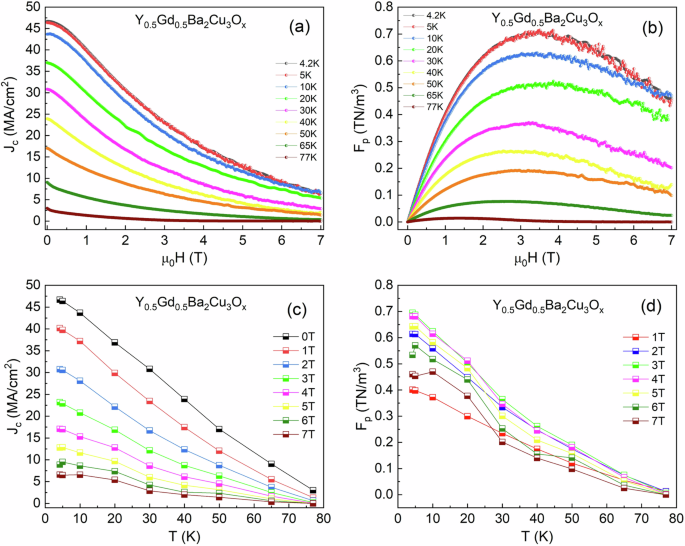2024-08-07 タフツ大学

A Macodes petola jewel orchid. “I put them under the microscope, and saw that their leaf surfaces were not flat, like ordinary leaves, and that they had a micro pattern,” Giulia Guidetti says. “It was all curiosity driven.” Photo: Shutterstock
<関連情報>
- https://now.tufts.edu/2024/08/07/could-plant-guide-design-next-generation-solar-panels
- https://onlinelibrary.wiley.com/doi/10.1002/adom.202401729
ランの葉の生きた光ネットワークの発見が、柔らかく曲線的な物質形態における集光と再分配のヒントになる Discovery of Living Optical Networks in Orchid Leaves as Inspiration for Light Harvesting and Redistribution in Soft, Curvilinear Material Formats
Giulia Guidetti, Fiorenzo G. Omenetto
Advanced Optical Materials Published: 06 August 2024
DOI:https://doi.org/10.1002/adom.202401729
Abstract
Plants and animals produce highly evolved, hierarchical systems that combine physicochemical material parameters with functional micro- and nanostructures to manage energy, motion, and species survival. These systems, besides providing cues on bottom-up manufacturing of technological structures, can give insight on strategies for efficient energy management. Here is reported the observation of an optically interconnected network formed by the cells of the leaves of the Macodes petola jewel orchid that provides light harvesting and redistribution across its surface. The planar redistribution of light incident on the leaf is enabled by the distinctively rounded shape of the outer epidermal cells and by their arrangement in a short-range ordered hexagonal lattice. Successful replication of a live leaf in a free-standing biopolymer film validates the observation and opens avenues for the exploration of non-traditional energy harvesting interfaces that are soft, conformal, and curvilinear.


